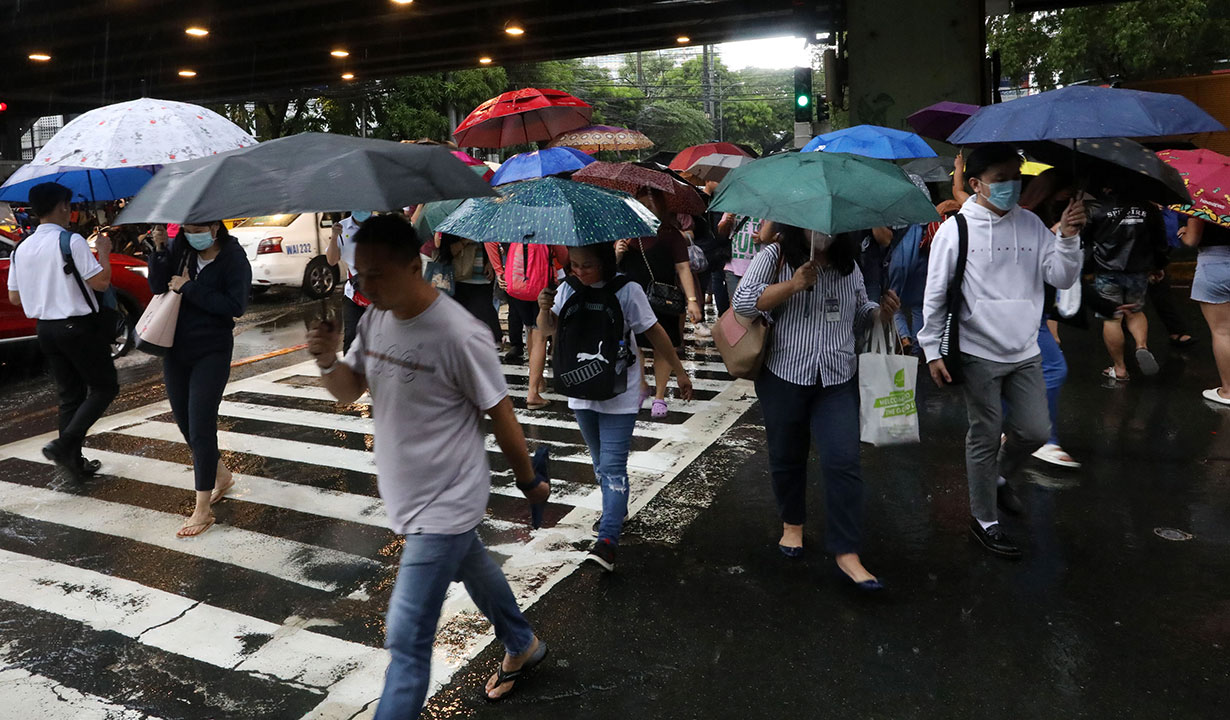
By Luisa Maria Jacinta C. Jocson, Reporter
STRONG domestic demand and easing inflation will support the continued growth of the Philippine economy, but faces risks from the El Niño weather phenomenon, the Asian Development Bank (ADB) said.
“Current trends align with our forecasts of continued strength in domestic demand countering the weakness in external demand,” ADB Country Director for the Philippines Pavit Ramachandran said in an e-mail.
The Philippines is a domestic demand-driven country, with household spending contributing to around three-fourths to gross domestic product (GDP).
The ADB expects Philippine GDP to expand by 6% this year and 6.2% in 2024 — the fastest growth in Southeast Asia.
Economic managers are targeting 6-7% GDP growth for this year and 6.5-8% for 2024.
“The downtrend in inflation, as earlier projected, bodes well for domestic investment and consumption,” Mr. Ramachandran said.
Headline inflation settled at a 14-month low of 5.4% in June.
For the first six months of the year, inflation averaged 7.2%, well above the central bank’s 5.4% full-year forecast.
The ADB sees Philippine inflation averaging 6.2% this year and easing to 4% in 2024.
However, Mr. Ramachandran said that the country is still vulnerable to risks such as the El Niño weather pattern.
“While inflationary pressures have dissipated, risks remain, including an El Niño disruption which could affect agriculture production and food supply,” he said.
The El Niño weather pattern is seen to persist in the Philippines until the first quarter of 2024 and is showing signs of strengthening in the coming months. El Niño increases the likelihood of below-normal rainfall conditions, which could bring dry spells and droughts in some areas of the country, according to the Philippine Atmospheric, Geophysical and Astronomical Services Administration (PAGASA).
“These changes in weather patterns could again raise food supply challenges and place upward pressure on global and domestic prices,” Mr. Ramachandran added.
National Economic and Development Authority (NEDA) Secretary Arsenio M. Balisacan on Wednesday said that the impact of El Niño on growth will not be significant.
“The impact is not very significant in terms of GDP. Our assessment of the impact of the El Niño given the data we have received from PAGASA is that it is not going to be substantial,” he said at a separate briefing on Wednesday.
However, Mr. Balisacan emphasized the need to support the agriculture sector.
“Agriculture is where a lot of the poor are working. We have to be extra active there. We have to be proactive in providing assistance measures to ensure that they are taken care of, especially in relation to access to inputs, even for maintenance, like some form of subsidies,” he said.
The Philippines’ last El Niño weather event was in 2019, with agricultural damage estimated at up to P8 billion.
The country’s worst El Niño episode was in 1998. That year, the economy shrank by 0.5% while agricultural production declined by 7%.
Aside from El Niño, Mr. Ramachandran said a spike in global inflation and geopolitical tensions may also affect the Philippine growth outlook.
“On the external front, the possibility of higher-than-expected global inflation and escalation of geopolitical tensions could further disrupt global activity, further tempering external demand,” he said.
In its Asian Development Outlook July 2023, the ADB kept its 2023 growth forecast for developing Asia at 4.8%. It trimmed its growth estimate for next year to 4.7% from 4.8% in April.
“Uncertainty persists over the Russian invasion of Ukraine, and any escalation there could renew energy and food security challenges and rekindle inflation,” it said.
Strong domestic demand to support PHL growth outlook
Source: Bantay Radio
0 Comments